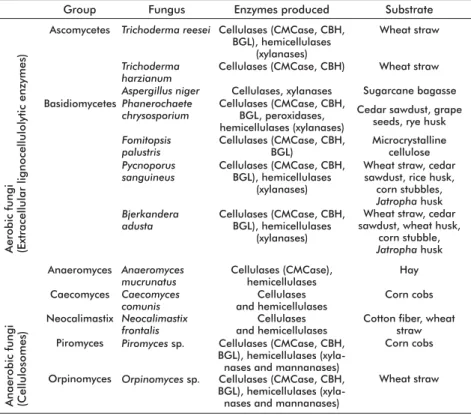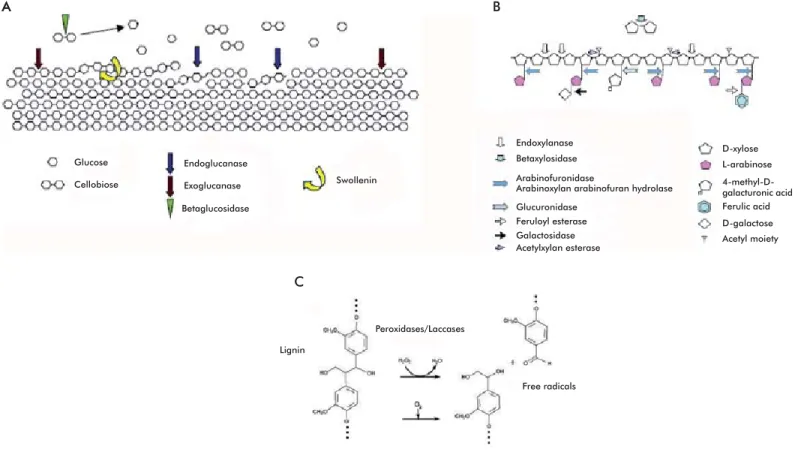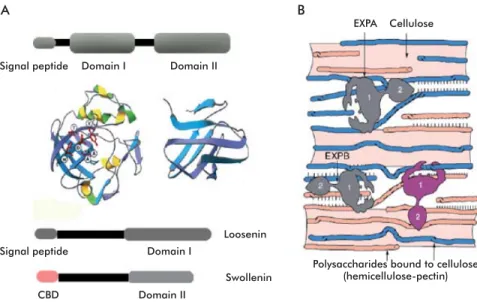Protenas que remodelan y degradan la pared celular vegetal: perspectivas actuales
Texto completo
Figure




Documento similar
• El verbo “to be” es el primer tema de la unidad I que conforma el PAI (programa académico institucional) de la materia de conversaciones introductorias en lengua
The implementation of this activity is intended to make students more involved in the English language. For this, they have also been considered in evaluating the task, making
It can be easily deduced from the MESP function that bridging oxygens are generally more basic than terminal oxygens since the regions close to terminal OMo and OW oxygen sites
With this study we want to discover the beliefs of a sample of the Spanish population about health anxiety disorder with the aim of describing them so that they can be used to
When Conversation is defined as fully and flexibly as it has been here, it can also be used as the criterion for making clips with a view to building an audiovisual corpus
Enzymatic activity assays on cell lysates harvested at different time points showed that cellular TrxR activity levels correlated inversely with the adipocyte
This ability can be promoted by teaching them to write syntheses after reading several texts (Nelson, 2008; van Ockenburg, van Weijen, & Rijlaarsdam, 2019) and can be
The objective of the present study was to investigate the limitations of irrigation with saline reclaimed wastewater (RW) for producing potted weeping fig (Ficus benjamina
